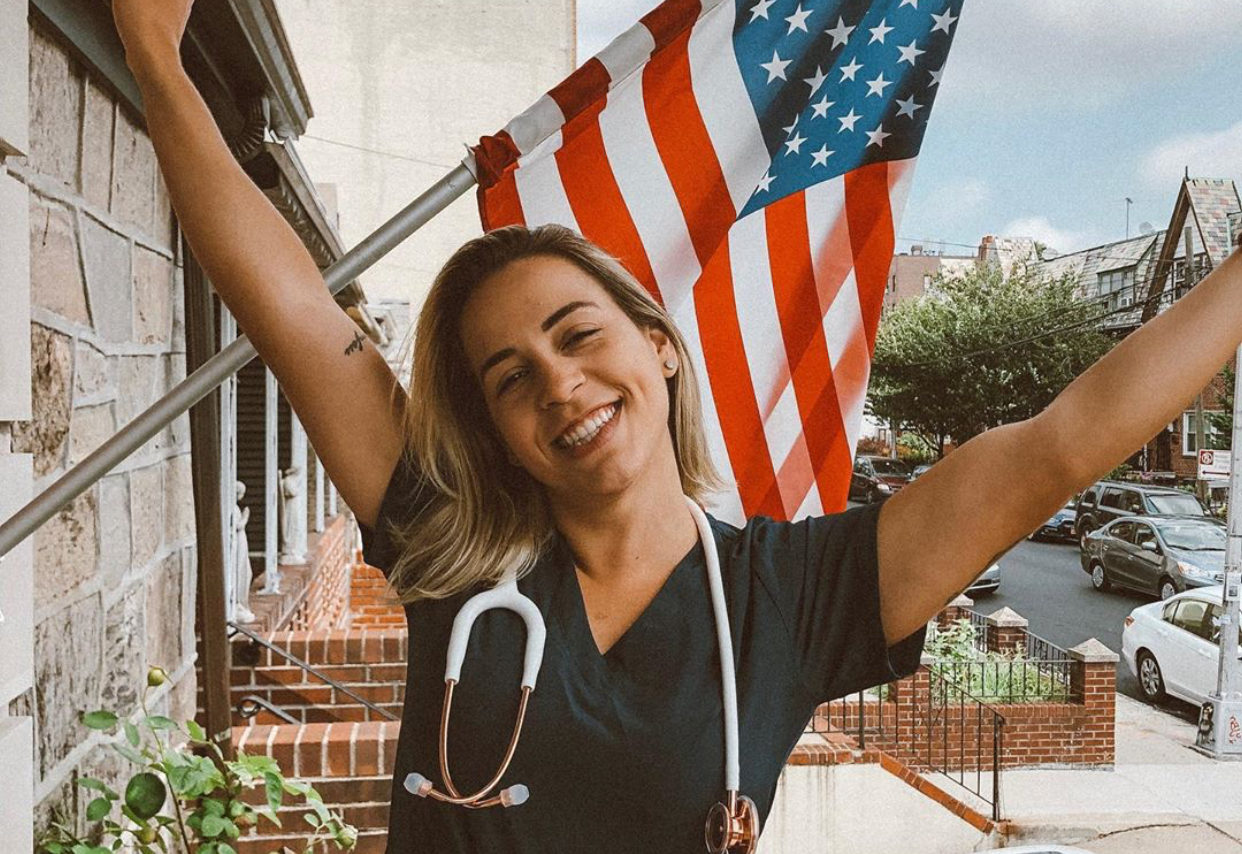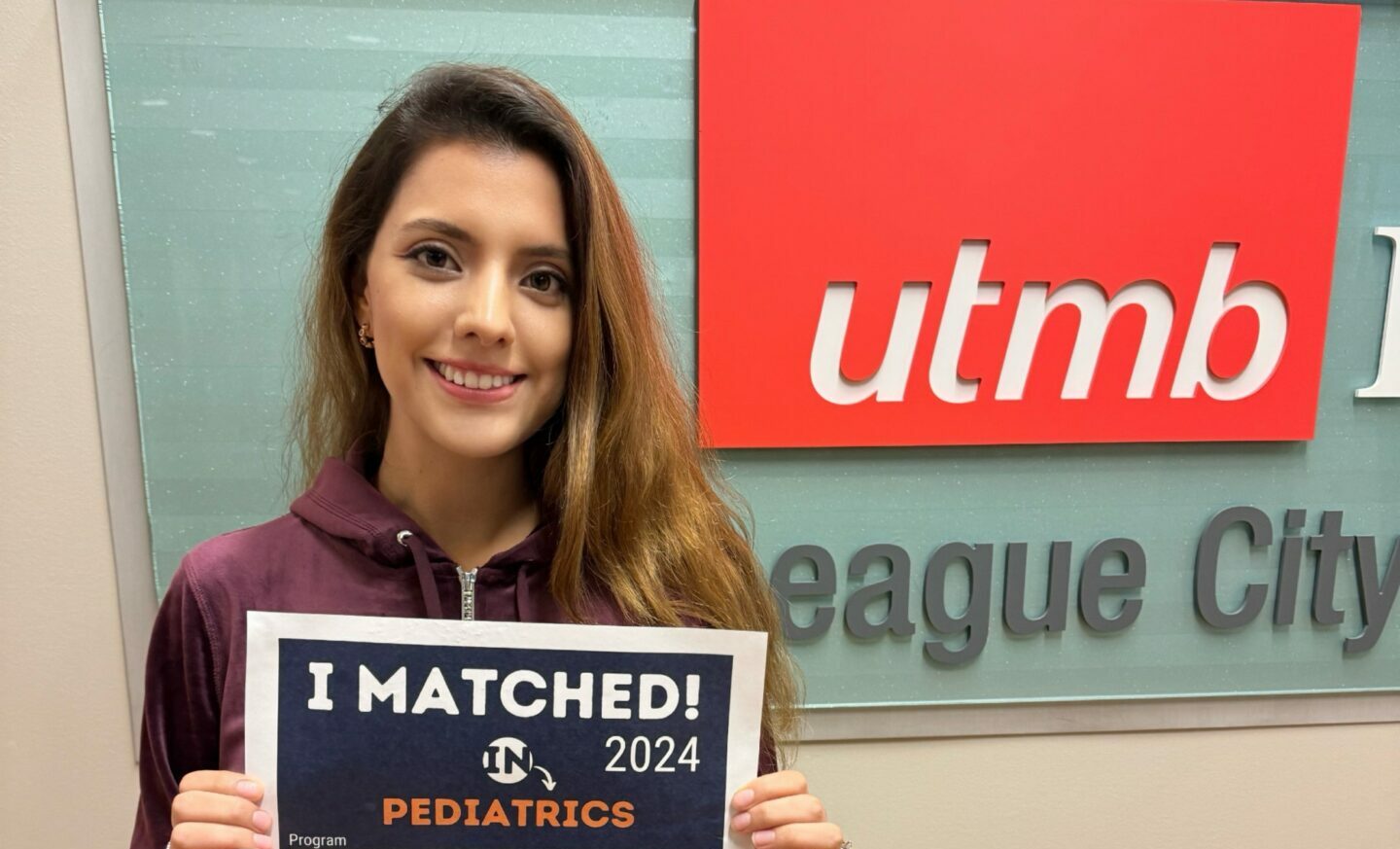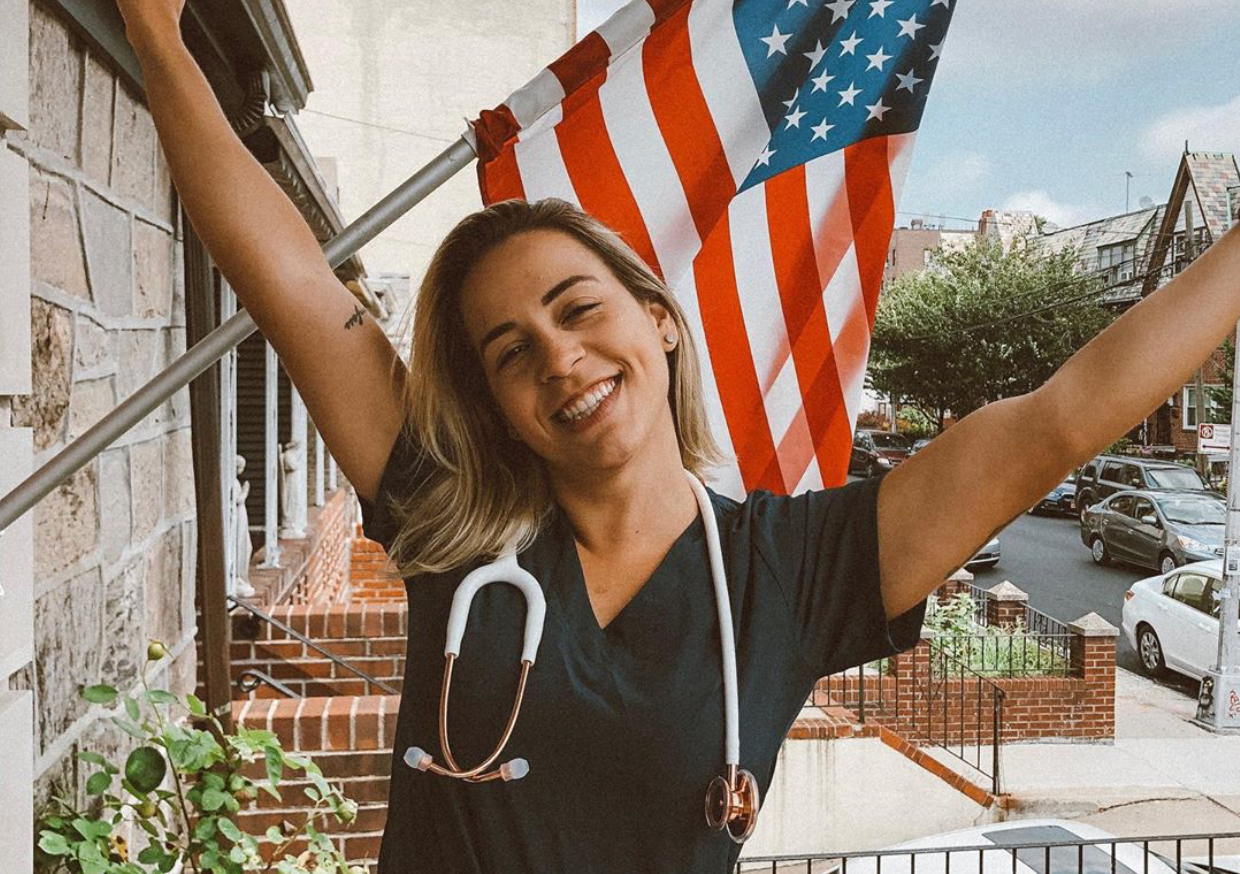Part 1 and Part 2 of our ‘Medication Education Present and Future’ blog series focused on racial representation and the globalization of medical education, respectively. This post features the representation of socioeconomic status (SES) of medical students. It is common knowledge future financial status of these individuals is large amounts of debt incurred through extensive schooling, followed with even larger paychecks once they become physicians. Often overlooked is the lack of diverse social classes represented in this population. Continue reading to learn about current SES trends in medical school and what changes can be made to diversify the student body.
A Look at Finances
According to one study, between the years 2007 and 2017, approximately 79% of medical students reported an annual household income which fell in the top two income quintiles, with numbers ranging from $74,870 to $225,251. This percentage has remained relatively unchanged for the last three decades. With nearly 4/5 of the medical students being considered in the mid-upper class or higher, these is little representation of those from smaller socioeconomic backgrounds. The reason for this trend could be the extreme price tag attached to a medical education. It may also be that there is encouragement for to obtain higher education within low income populations or among families where this has not be the norm.
Fostering Change
In order to change a trend that has been 30 years in the making, initiatives to educate low income students on careers in medicine, in conjunction with providing funding, scholarships, and additional financial assistance is best practice. Programs are already being adopted by communities to help foster an interest in higher education with a focus medicine and other areas of science.
One example of a program built out to accommodate young people and current medical students from low income communities is John Hopkins Initiative for Careers in Science and Medicine (CSM). This initiative hosts programs for educationally under-resourced and low-income students across various age groups. Students may take part in science camps while in grade school free of charge, while current medical students may apply for summer internships with stipends provided.
Laying a Foundation
CSM is laying a foundation that should be matched by other institutions in that their education and assistance starts early with students so they can see what is possible. Embedded in CSM is a mentor-ship program which provides students with guidance from older peers and professionals to encourage that they are supported throughout their educational journey. With the introduction of more groups like CSM it is possible that in the future there will be a more even distribution of medical students from various income groups.
Are you a medical professional in the U.S. interested in fostering equal representation in healthcare? If so, hosting a clinical rotation for international medical students and graduates through AMO, could be a great experience. To learn more about becoming a host click here.







[…] education is becoming diversified, check Part 2 on the globalization of medical education and Part 3 on socioeconomic […]
[…] in reading about Socioeconomic Diversity in medical student populations? Check out Part 3 of our ‘Medical Education, Present and Future’ […]